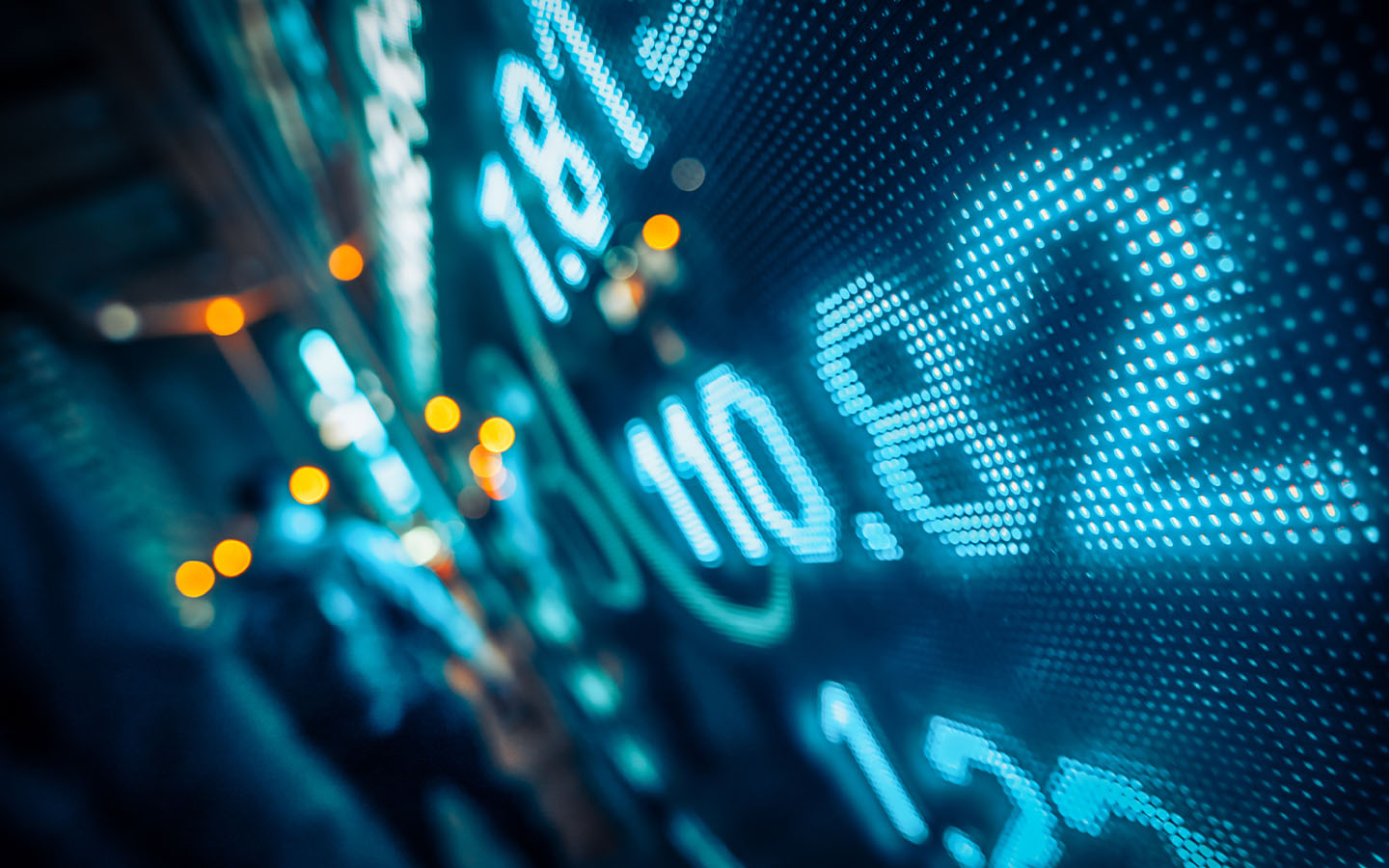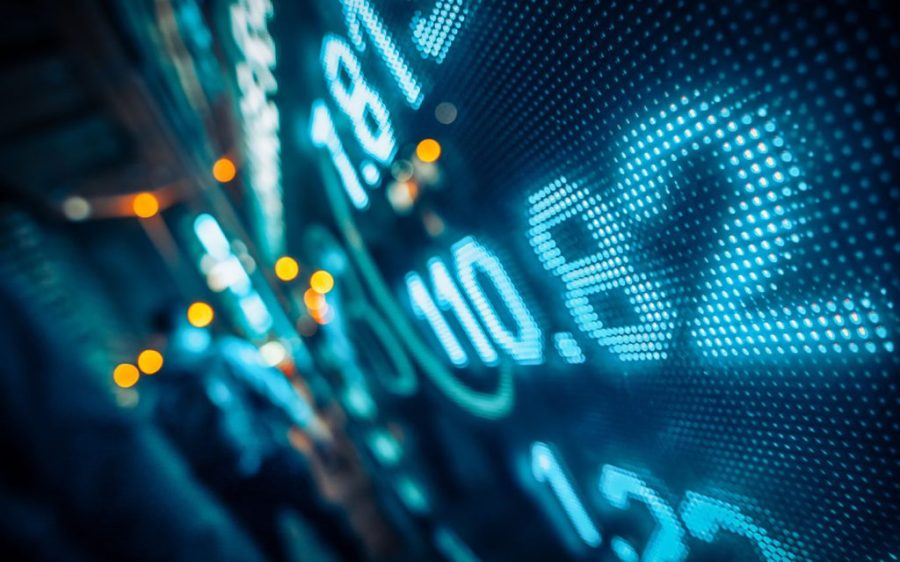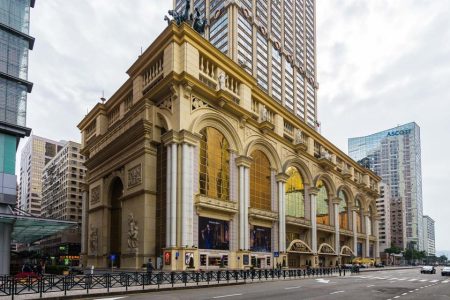Volatile market swings have captured the world’s attention after the White House announced a series of trade tariffs earlier this month. The introduction of loosely articulated reciprocal tariffs has added to the confusion, which was exacerbated by the unexpected pauses and partial exemptions that followed.
Despite minimal trading links to the US, Macao is unlikely to escape the economic fallout caused by the tariff proposals. Last week, the University of Macao lowered its 2025 gross domestic product (GDP) forecast by almost a full percentage point to 6.8% just months after projecting a baseline growth rate of 7.7% in January, with the report citing US trade protection measures and structural adjustments in China weighing on the city’s outlook.
[See more: Analysts divided on whether a forced sale of Macao’s US-owned casinos is a possibility]
With both the US and China applying triple-digit tariff rates to each other’s goods, risks of a global recession are rising, throwing stock markets into a tailspin. But while the direct impact of tariffs will unlikely be known for some time, here are three macroeconomic indicators worth monitoring and what they could mean for Macao. All explanations are for reference only and follow the economic principle of ceteris paribus, meaning all things being equal.
Foreign exchange rates
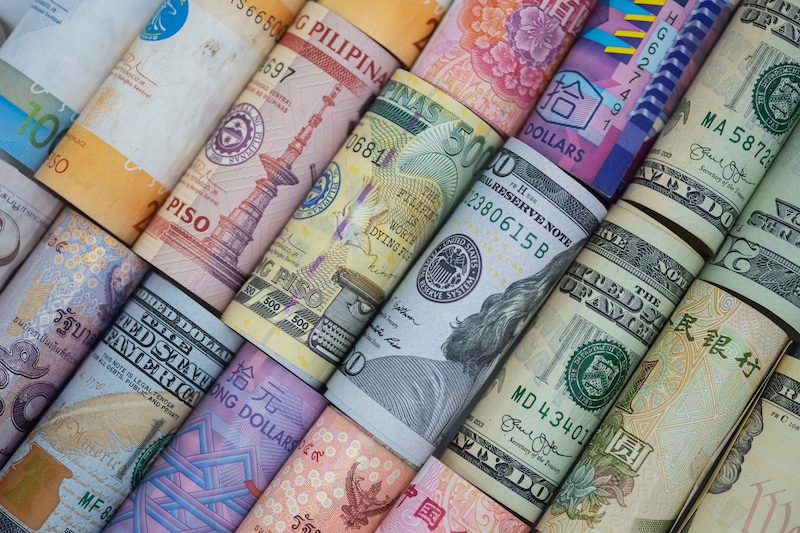
Due to a network of interconnected currency traders and financial institutions, foreign exchange markets effectively operate throughout the day, offering higher frequency data points than traditional economic readings, which are normally released monthly.
Simplistically, the exchange rate provides the relative value of one currency for another, determined by demand and supply of assets linked to those countries and its relative purchasing power. When an importing country adds a tariff, the exporting country could lower its currency’s value to help offset the cost from the buyer’s perspective, enabling them to buy more of the exporter’s goods.
[See more: Macao needs to brace for a drop in tourist spending following US tariffs: expert]
Since late last year, the renminbi (RMB) has weakened against the US dollar, partly due to a slow recovery in the Chinese property market. While onshore and offshore rates have trended lower since tariffs were announced, few analysts see this as a viable strategy to mitigate US tariffs given that a depreciating currency could instigate other unintended consequences like capital outflows and heightened market volatility.
A rapidly depreciating currency could also undermine consumer confidence. This would be potentially detrimental to Macao’s economy, considering 70 percent of tourist visitors come from mainland China. As Macao becomes more expensive in RMB terms, this could also consequently pull local household purchases into the mainland, where goods are cheaper, transferring potential revenues away from Macao at a time when the city is grappling with an anaemic business environment.
Consumer price index

Export competitiveness resulting from a weaker currency is counterbalanced by rising input costs, which can spark inflationary pressure in the importing economy. Inflation is measured by monitoring the price trends of a basket of goods and services known as the consumer price index (CPI). This index is influenced by various weightings of these items, some of which are produced locally while others are imported.
Food, housing, and energy costs account for the largest proportion of Macao’s basket index. Should American produce suddenly double in price, the impact would be relatively negligible to Macao’s inflation since fruits and vegetables in their entirety account for just 2.5 percent of the basket. However, expectations of rising costs may lead sellers to raise prices pre-emptively, contributing to inflationary pressures even before these higher prices are fully reflected in the economy.
[See more: Local economist issues stark warning for Macao in wake of US tariffs]
Another similar variable is the producer price index (PPI), which examines the prices manufacturers charge wholesalers, often referred to as factory gate pricing. While the CPI indicates costs faced by households, the PPI reveals whether manufacturing prices are being lowered to counteract a slowing economy.
Ideally, an economy desires low inflation levels, but never deflation, which occurs when price changes fall below zero. The experience in Japan has shown that once prices start to decline, reversing the trend becomes challenging as the expectation of lower future prices can deter present consumption.
Purchasing managers index
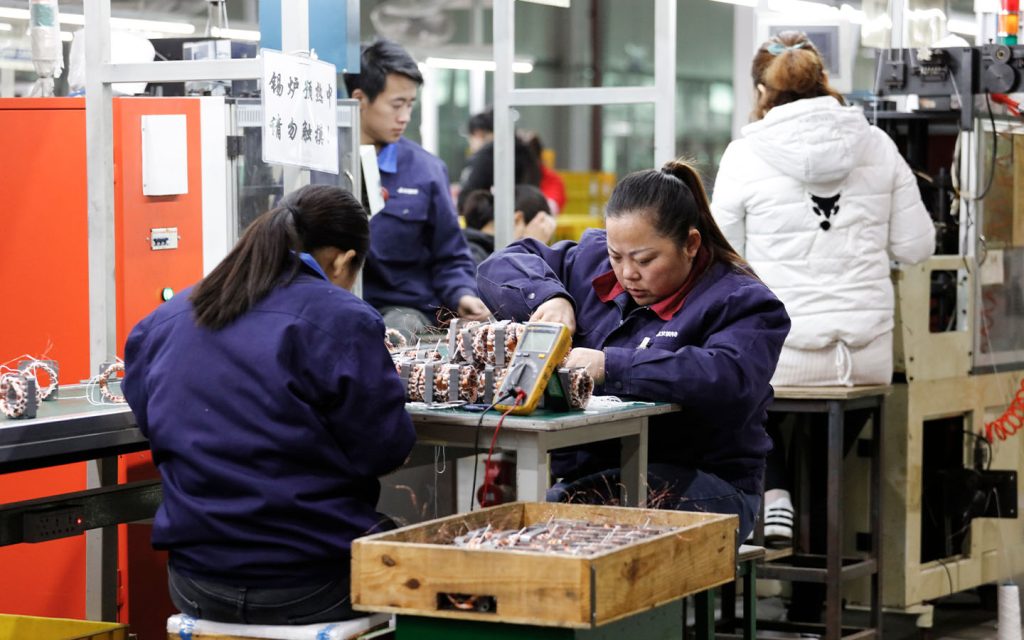
A purchasing managers index (PMI) is a monthly survey conducted among various companies in selected sectors, such as manufacturing, services, or construction. Similar to a consumer confidence index or a business outlook index, PMI reports reflect current conditions and indicate how executives perceive the present situation. PMI readings can also serve as leading indicators for future economic data, which is normally a lagging indicator since it takes time for the data from any economic activity to be compiled.
[See more: Macao government faces revenue shortfall amid slower gaming growth]
Although there is no PMI for Macao, data is available for both China and the US. Because PMI surveys are released earlier, that information offers immediate insight into how companies are reacting to impending tariffs and whether they feel optimistic or concerned about future prospects. PMI surveys could capture the sentiment regarding higher input costs caused by depreciating currencies or shifts in market demand more quickly, making them a useful window into how businesses are navigating the fluid tariff uncertainty, where policy announcements are occurring frequently.
